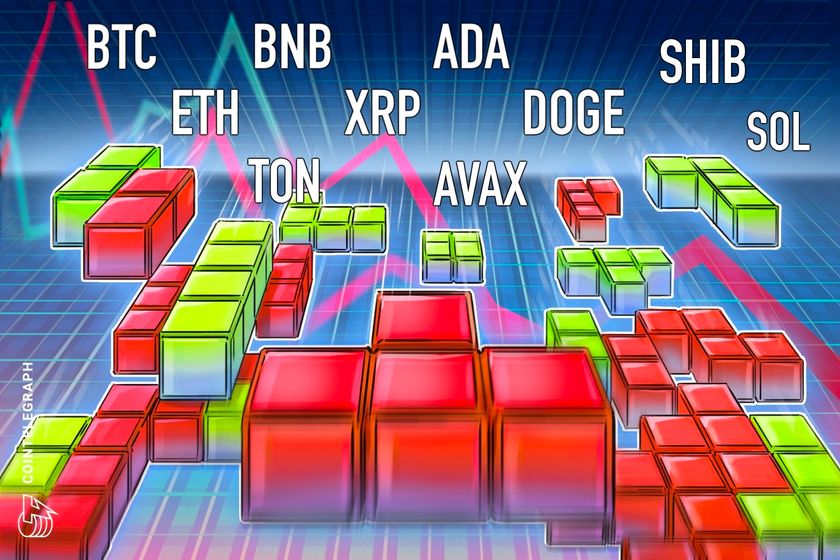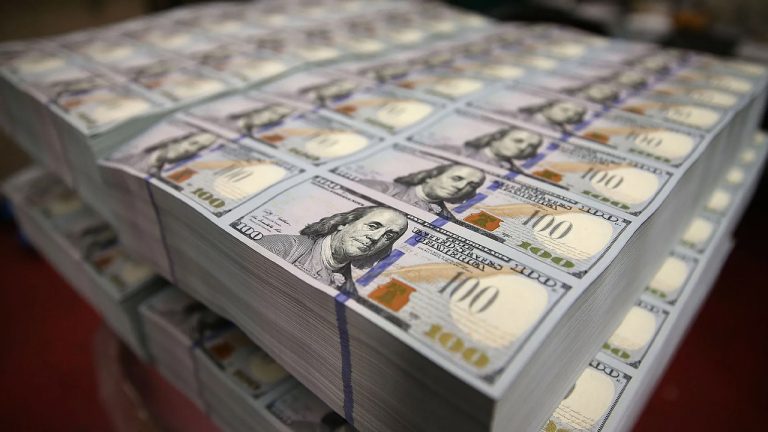
A BRICS common currency will be challenging to initiate and maintain, though efforts to dethrone the US dollar could have an impact on Bitcoin, says investment strategist Lyn Alden.
Macroeconomist Lyn Alden has cast doubt on a proposal that would see five countries work together to develop a common BRICS currency — arguing it will likely struggle to get off the ground and fail to dethrone the United States dollar.
In an interview with Cointelegraph just days before the BRICS annual summit in South Africa, Alden explained that it will be “very hard” for BRICS members — Brazil, Russia, India, China and South Africa — to form a gold-backed currency for widespread use.
Russian President Vladimir Putin first announced that BRICS proposal to create an international reserve currency at the BRICS summit in 2022 to rival the U.S. dollar as the global reserve standard. This proposal was later confirmed to come in the form of a gold-backed currency.
However, Alden argued the model is flawed.
“Backing a fractional-reserve banking system with gold only works temporarily, because the currency units multiply more quickly than the gold does,” she said.
Instead, Alden sees a more likely outcome would be that BRICS nations lessen its reliance on the USD for cross-border payments by increasingly using their own currencies for trade — particularly the Chinese yuan.
The BRICS hold G7 currencies as their reserves, and not the other way around. And yet, the BRICS just flipped the G7 in economic size.
— Lyn Alden (@LynAldenContact) April 11, 2023
Reserve practices don’t change overnight, but this is a very different environment than 10+ years ago. https://t.co/khoH1Cbvp8
Alden’s comments follow a similar sentiment by former Goldman Sachs economist Jim O’Neil, who dismissed the common currency notion as “ridiculous” in a Aug. 15 interview with the Australian Financial Review.
“They’re going to create a BRICS central bank? How would you do that? It’s embarrassing almost,” O’Neil said, explaining that it simply wouldn’t be feasible.
On Aug. 21, India’s foreign secretary Vinay Mohan Kwatra also downplayed the possibility of BRICS forming a common currency, stating that they’ve become increasingly focused on boosting trade using their own national currencies.
Emissaries from the nations are due to appear at the 15th BRICS annual summit held in South Africa on Aug. 22-24, which will cover issues relating to the formation of a common currency, BRICS Development Bank, international trade and the Russia-Ukraine conflict.
U.S. dollar dominance could impact Bitcoin
Meanwhile, Alden added that potential moves to eat into US dollars’ dominance, could, in a roundabout way, cause headwinds for Bitcoin.
“This attempt at de-dollarization is likely to contribute to structurally less foreign demand for U.S. Treasuries, higher Treasury yields, and the requirement for the U.S. Federal Reserve to eventually finance a larger share of U.S. government deficits as a result.”
If U.S. treasury yields increase — due to a mass de-dollarization event or not — this could cause Bitcoin’s price to face headwinds as risk assets tend to underperform under those conditions, she explained.
Related: Zimbabwe central bank close to introducing gold-backed digital tokens into retail
On the other hand, the Alden also believes the price of Bitcoin (BTC) may increase if the Federal Reserve needs to bail out more banks to keep them afloat:
“In the longer-term, when the Fed has to provide a liquidity backstop for the Treasury market, that would likely be very good for bitcoin, similar to how bitcoin shot up when the Fed had to intervene in the U.S. banking system back in March 2023.”
A liquidity backstop typically occurs when a bank’s own liquid assets are no longer sufficient to meet its financial obligations, which calls on the central bank to provide them with emergency liquidity.
Magazine: Wolf Of All Streets worries about a world where Bitcoin hits $1M: Hall of Flame



